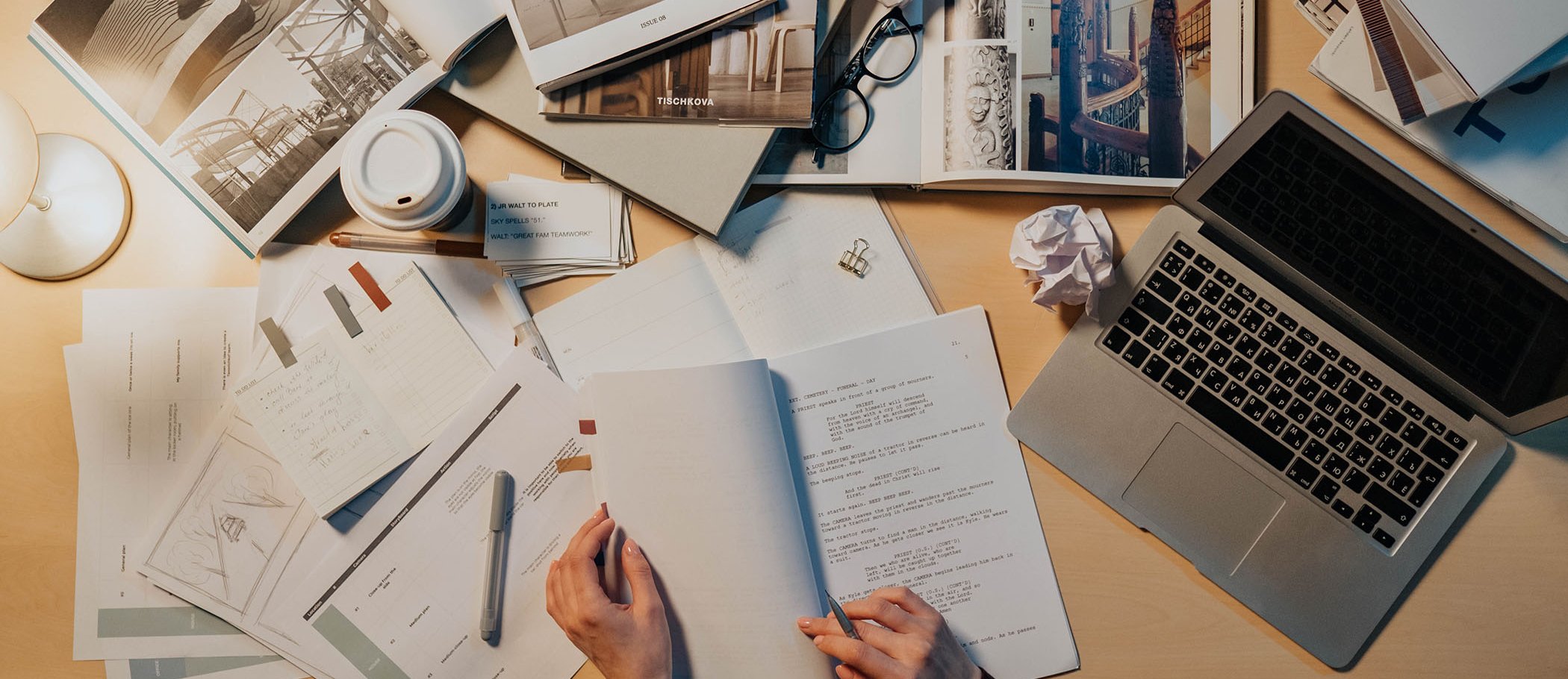How to cite
Subject: Multidisciplinary
This guide will help you cite correctly using the APA, ISO or Vancouver styles. It covers everything from a tweet to a YouTube video or web page.
One of the requirements for any academic work is to cite where you get your ideas, data or images from. Copying and pasting in information from other authors and sources without citing them is plagiarism. Respect academic integrity!
To avoid plagiarism, you need to:
- Use in-text citation: (author, year, page)
- Include the corresponding reference in the bibliography at the end of your work
Both in-text citations and references have to follow a specific style (ISO, APA, Vancouver, etc) that covers what details need to be included and how.
When putting together your bibliography, you may come across two problems: which style to use and how to cite digital documents. This new section on the Library website can help you find the answers.
The right style
There are many different styles and your choice will depend on what the teaching staff tell you and the discipline you're working in. Here are some common styles:
- Vancouver is the most common style in health sciences.
- APA (American Psychological Association) is frequently used in psychology and education.
- ISO 690: you can always fall back on this standard, which can be used in any discipline.
The Library's guide has examples of how to cite different sources using each of these three styles.The most important thing is consistency: make sure all your citations and references keep to the same style.
- Articles
- Online articles
- Databases
- Blog posts
- Chapters or parts of books
- Images (photographs, prints or posters)
- Legislation
- E-books
- UOC modules
- Standards
- Web pages
- Software
- Journals
- Theses
- Final projects
- Social media
Citing electronic resources
The information you need to include depends on the type of source you're citing. References for digital publications, such as blog posts or online videos, can pose particular problems. This interactive infographic explains how to cite them.
By correctly citing sources, you adhere to copyright protections and avoid plagiarism. The UOC actively works to safeguard the rigour of its assessment system. With this mind, copying, plagiarizing or trying to improve your marks using any illicit means is an offence that can lead to serious academic sanctions.
By citing and referencing your sources, you show you've used reliable sources, help others find the information you've consulted as part of your work and differentiate your ideas from the ideas of others.
Author
Experts
- clopezpe@uoc.edu




